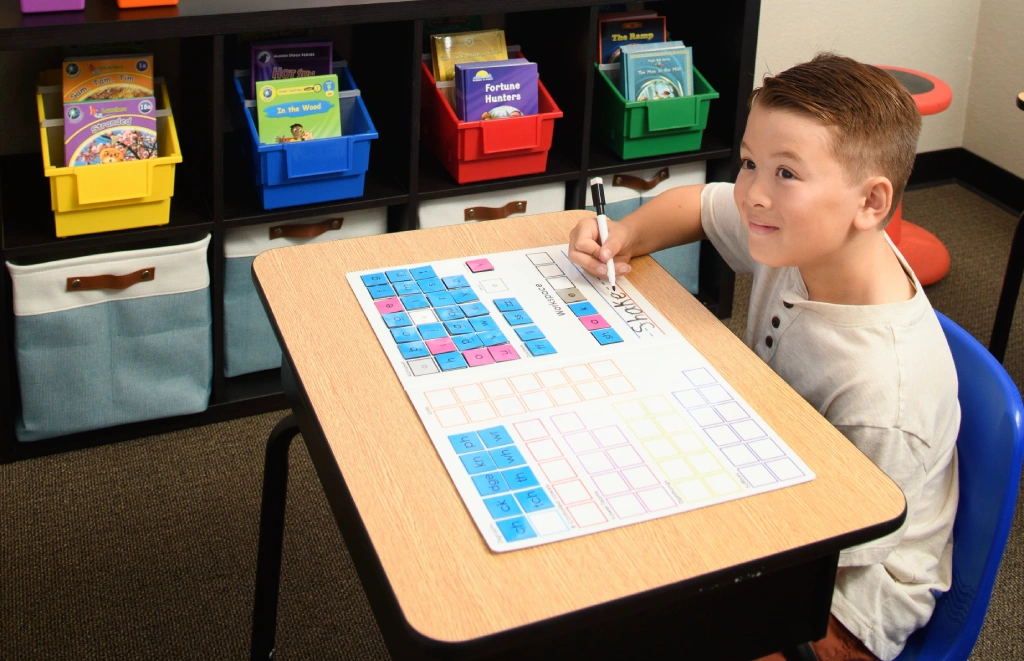Reading isn’t just about decoding words — it’s about making meaning from them. Whether you’re helping a first grader, guiding a teenager, or supporting an adult learner, reading comprehension is the bridge between simply reading and truly understanding.
At PDX Reading Specialist, we believe that strong reading comprehension skills are attainable at any age with the right strategies and support. Today, let’s explore proven techniques that help readers thrive — and how a comprehensive assessment can unlock even greater success.
Why Comprehension Matters at Every Stage
Reading comprehension is a skill that evolves throughout a person’s life.
- Children are building foundational skills: decoding, vocabulary acquisition, and understanding basic story structures.
- Teens are grappling with complex texts: nuanced language, abstract concepts, and critical thinking demands.
- Adults often read with specific goals in mind: professional development, lifelong learning, or personal enjoyment.
No matter where a reader falls on the spectrum, comprehension strategies are the key to unlocking deeper engagement with text. And the best part? Many techniques are universal — they just need to be tailored to the reader’s needs.

1. Active Reading: Engage the Brain
Active reading turns a passive experience into a dynamic one. Instead of gliding through sentences, readers interact with the text by:
- Asking questions (“Why did the character do that?”)
- Making predictions (“What might happen next?”)
- Summarizing sections in their own words
For younger readers, this might look like simple retellings. For teens and adults, it could involve annotating margins, noting themes, or drawing connections to real-world events.
Pro Tip: Start with small sections — a paragraph or a page — and build up stamina over time.
2. Visualization: Creating Mental Images
When readers create mental images of what they read, comprehension deepens. Visualization is especially helpful for stories but works with nonfiction, too.
Encourage readers to:
- Picture characters, settings, and events vividly
- Sketch quick drawings after reading a passage
- Compare mental images before and after reading more information
Adults can use visualization to imagine processes (for example, in a technical manual) or to enhance retention of factual material.
3. Making Connections: Relate Text to Life
One of the most powerful comprehension tools is connecting reading to prior knowledge. Readers can link texts to:
- Personal experiences (“This reminds me of…”)
- Other texts they’ve read
- World events or issues
Young readers might connect a storybook character’s feelings to their own experiences. Older students and adults might compare themes across novels or relate historical events to current news.
Connection-building strengthens memory, making information stick.
4. Questioning: Think Beyond the Text
Good readers constantly ask themselves questions before, during, and after reading. Examples include:
- Before: “What do I already know about this topic?”
- During: “Does this make sense? Should I reread?”
- After: “What was the author’s main message?”
For kids, modeling this with think-aloud strategies can be very effective. For teens and adults, encouraging critical questioning promotes deeper analysis and independent thinking.
5. Summarizing and Synthesizing: From Pieces to Whole
Summarizing involves distilling key ideas into concise statements. Synthesizing goes further — blending ideas to form new understanding.
Effective strategies include:
- Summarizing each paragraph or section briefly
- Combining multiple points into a broader takeaway
- Discussing or writing about how information fits together
This strategy is crucial for academic success at higher levels and for efficient professional reading.
6. Monitoring Understanding: Check In, Don’t Zone Out
Monitoring comprehension helps readers catch confusion early. Techniques include:
- Stopping periodically to paraphrase what’s been read
- Noticing when focus drifts and rereading if necessary
- Using sticky notes to mark confusing passages for review
Teaching readers to self-monitor is like giving them a built-in GPS for navigating texts.
7. Adapting Strategies to Different Texts
Not all reading is the same. Fiction requires imagination and empathy, while nonfiction demands analysis and evaluation.
Helping readers adapt their strategies based on text type ensures greater success:
- In fiction, focus on story elements like character, setting, plot.
- In nonfiction, emphasize main ideas, supporting details, and text features (like headings and captions).
- In technical or academic reading, prioritize understanding structure and argument flow.
At PDX Reading Specialist, we customize instruction based on the kinds of texts readers encounter most.

Why a Comprehensive Assessment Matters
While these strategies can boost comprehension for all readers, every individual has unique strengths and challenges. That’s where a comprehensive reading assessment comes in.
At PDX Reading Specialist, we offer in-depth evaluations that examine:
- Word recognition and decoding skills
- Vocabulary knowledge
- Fluency (reading speed and accuracy)
- Comprehension abilities across different text types
Armed with this information, we create personalized learning plans that empower readers to thrive.
Ready to Strengthen Comprehension at Any Age?
Whether you’re helping your child, supporting a teen’s academic growth, or improving your own reading skills, the right strategies — combined with expert guidance — make all the difference.
Contact PDX Reading Specialist today to schedule a comprehensive reading assessment.
Let’s unlock your reading potential together!


